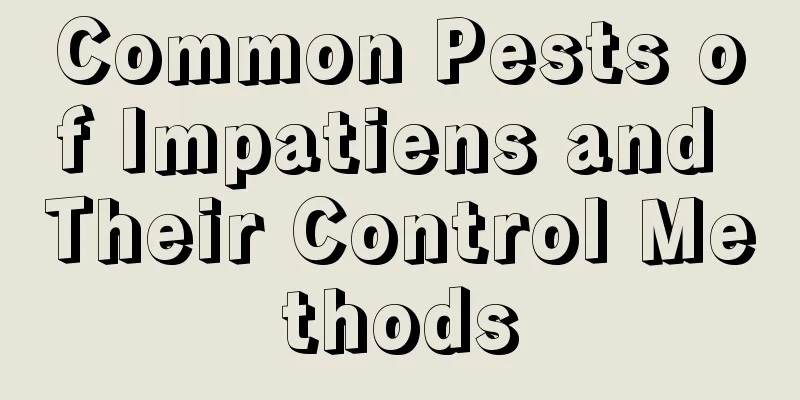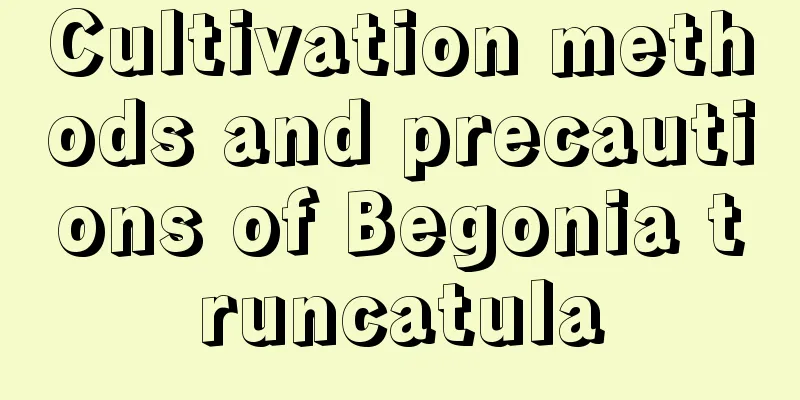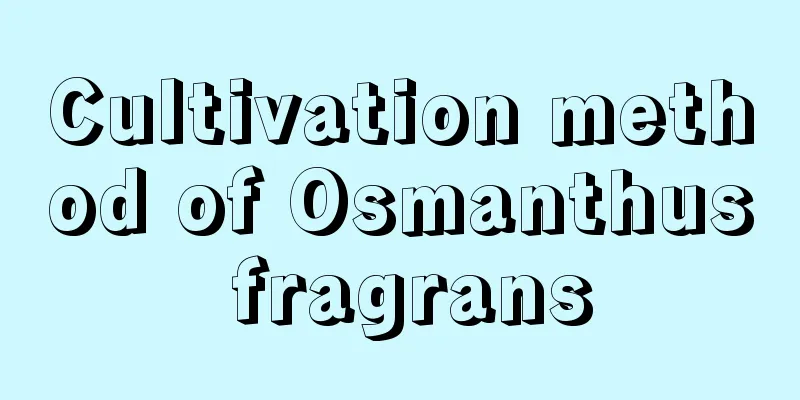Common Pests of Impatiens and Their Control Methods

Common pests of Impatiens: root-knot nematodesPest symptoms: The scientific name of the disease is Impatiens root-knot nematode disease. It is a common and serious disease in both the north and south, mainly damaging the roots. After the nematodes invade the lateral roots or fibrous roots, they form many galls of varying sizes, which are initially yellowish-white and then turn brown. When the galls are cut open, small pear-shaped nematodes, which are female nematodes, are found inside. The affected plants grow slowly, with thin stems and short plants. The leaves gradually turn pale and lose their green color from top to bottom. The leaf edges curl backwards, shrink and wither, and the flower buds turn yellow or do not open. Prevention and control methods: Use chemicals to disinfect the potting soil. Dig holes or circular trenches in the potting soil, apply 5-10 mL of the original solution of the mixture to each pot, immediately cover with soil and flatten it, and plant flowers after fumigation for half a month. You can also use 1000 times diluted 80% dichloroisopropyl ether emulsion, apply 10-15 mL per pot, or 200-300 times diluted 80% dibromochloropropane, apply 400 mL per pot, using the same method as above. Common pests of Impatiens: HawkmothPest symptoms: The larvae mainly eat the leaves, causing incomplete leaves. When the occurrence is serious, they also eat the flowers. Hawk moth morphology: The adult body is brown-green and 40 mm long. The head and both sides of the chest have grayish white marginal hairs; the dorsal abdomen has two silvery white longitudinal lines, and the ventral surface is earthy yellow. The forewings are gray-brown-green, with a wide light yellow-brown oblique band from the apex to the base of the trailing edge, with several black and white stripes inside and outside the oblique band; the hindwings are black-brown, with a gray-yellow horizontal band, and white marginal hairs. Prevention and control methods: During the larval stage, you can use 2000 times diluted 20% pyrethroid emulsifiable concentrate, 90% trichlorfon original medicine, or 1000-1500 times diluted 50% cypermethrin emulsifiable concentrate for prevention and control. Use black light to lure and kill adults during their emergence period. |
<<: Common pests and control methods of cucumbers grown on the balcony
>>: Zephyranthes pests and control methods
Recommend
Don’t throw away expired items. With a little care, the flowers at home will grow faster!
Using expired milk powder (soy milk powder) to gr...
Can the fortune tree survive with only roots left? How to reroot after root rot
1. Can you survive? If only the roots of the mone...
How to grow cantaloupe
1. Prepare the soil Prepare a flower pot with a d...
What flowers are suitable for growing in Huainan? What are the city flowers and trees?
1. Climate characteristics of Huainan Huainan has...
The difference between Clerodendrum thomsoniae and Clerodendrum thomsoniae
1. Leaf Difference The leaves of the Chinese gian...
Why does the silver star have root rot?
Causes of root rot in silver star Overwatering Wa...
How to grow purple succulent into cliff piles? Daily maintenance methods for old purple succulent piles
Purple Joy is a succulent plant of the Crassulace...
Is it easy to grow the Weeping Guanyin? How to care for it?
1. Is it easy to raise? The weeping angel is a co...
Spring wheat planting time
Wheat planting is generally divided into spring w...
How to grow Hawaiian coconut in autumn
1. Maintenance methods 1. Light: Although it is r...
How many days does it usually take for peanuts to germinate?
Peanut is one of the important oil crops in China...
Cultivation methods and precautions of Schefflera
1. Breeding methods 1. Soil: Slightly acidic soil...
Azalea Flower Language
1. Forever yours There are many meanings of azale...
How to prune blue snow flower after it blooms? Pruning method after flowering
Pruning after flowering of blue snow flower The b...
Do you need to water the tiger skin plant after you plant it?
1. Do you need to water? For the newly planted Sa...









